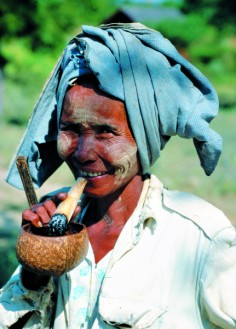
Wild and wonderful: Myanmar
While we might get older, the less trodden path is worth following again and again
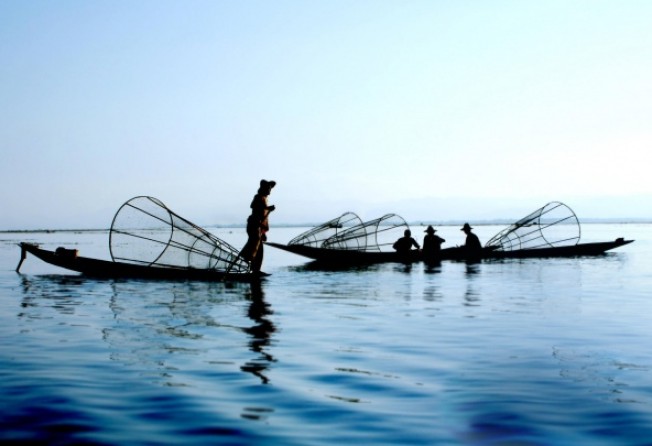

I first came to Kalaw 10 years ago. In those days, the bus ride across the mountains from Mandalay to Inle Lake was brutal - 14 hours in a lurching rust bucket on a road more suited to a donkey than the pathetic excuse for a bus I was in. Not able to bear any more spinal agony, I exited in Kalaw, a pleasant Shan State hill town with agreeable weather, a handful of guesthouses and a few guides eager to take travellers into the surrounding mountains. It was here that I met Mr Robin, a turbaned Sikh who had grown up in Kalaw. He told me his father had come as a soldier for the British during colonial rule, and that large numbers of Sikhs and Nepali Gurkhas had inhabited the hills of the Shan area. Even today, one can still find thali meals with dal and vegetables along with sweet cups of Nepali tea in the small hamlets around Kalaw, along with Ganesh elephant shrines adorning the colourful homes.
Robin took me into the hills for a memorable few days, leading me to Pa-O ethnic minority villages, where old women smoked cigar-like cheroots, and where fields of endless rape blossoms and mustard seed flowers shone a glittering gold as shiny as any of the stupas topping Yangon's majestic Shwedagon Paya Temple. I asked Robin if he was tired of taking visitors traipsing around the hilly terrain, but he just smiled and said, "it keeps me young and I can meet the world without ever leaving home".
I hammered my lungs and knees trying to keep up with the spry Robin during this time, but returned home feeling like I'd seen a lot more of Myanmar than just temples and trinkets.
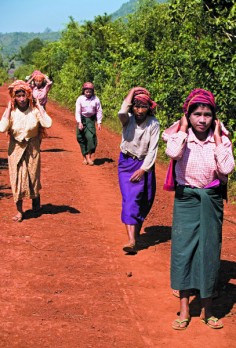
Almost a decade later found me back at Inle Lake, enjoying the beautiful scenery, relaxing in a hammock, and watching the fishermen float past, displaying their marvellous one-legged rowing technique - due to the amount of plant cover in Inle's waters, the fishermen row standing up with one leg, thus allowing them to see ahead, and keeping their hands free for working their fishing nets.
I was 10 years older, presumably a bit wiser, and finally having something I could call a real vacation, having forgone the dreaded bus journey for a quick flight in from Mandalay, and having decided that a hammock and book holiday was preferable to one involving lungs and kneecaps.
Of course this was all fine and dandy until a rowboat drifted by with someone screaming out my name. More than slightly startled, I dropped my novel and looked up to find my Norwegian friend Anders jumping out of a boat and running to embrace me. I met Anders through a mutual friend some years back, and we had shared an epic adventure in northern Pakistan, trekking for several weeks to K2 base camp. An exuberant and bearded plumber, Anders loved doing things such as parasailing, base jumping and pushing his body through adventuresome extremes, while dragging anyone in his path along with him for the ride.
He'd sent me a postcard saying he was coming back to Asia and, of course, the serendipity of the road had undoubtedly put him unannounced on that boat and me in my hammock right at the same time. Anders was travelling with his girlfriend this time round, as he wanted a more leisurely pace, but it didn't take more than a few beers together for him to convince her and I that we were going to join him travelling to Kalaw from Inle on foot. As we moaned about this being a restful holiday, Anders looked at us sternly and said, "rest is for the infirm and the dead", pretty much ending all discussion.
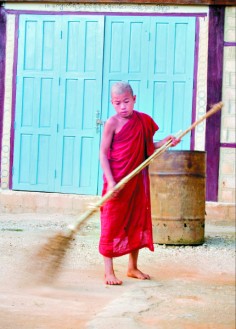
We inquired at my guesthouse about finding a guide and I asked the proprietor if she'd ever heard of a Sikh up in Kalaw who led treks. Again, the serendipitous road spoke up, as she not only knew Robin, but said that he was a friend and would be arriving with a few trekkers that afternoon, and would be most happy to take us back the other way. Some five hours later, sans book and hammock, I found myself following Anders and Robin up a trail, breathing a bit harder than I probably had the last time round, but gazing out at golden fields that were just as beautiful. Robin now had plenty of grey in his beard, and he'd developed a bit of a paunch, but his gait was as nimble as it had been years before. The route he led us on passed through small villages, where the colourful red chilli harvest was going on, past straw and golden rod-coloured rice paddies, and through bustling agricultural scenes, where Pa-O, Danu and Intha locals worked with wooden carts made from teak and oversized oxen to tend their fields and crops. Save for the odd satellite dish and piece of plastic here and there, there wasn't much to denote which decade let alone century we were in.
We made home for the night in the corner of a Buddhist monastery, where we were enthusiastically welcomed by the monks, whom we watched finish reciting their mantras and then sweep the courtyard. One cheeky young novice came over and asked me if I played football. When I replied that I didn't, he barked out, "but you look like David Beckham", pointing to my bald head and laughing in great amusement. He was an exception though, as throughout the trek people were shy yet friendly, a kind of mixture of excitement over seeing foreigners passing through, yet not so used to meeting them.
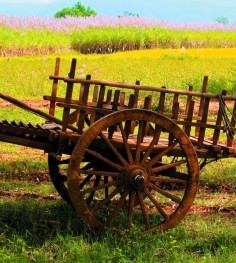
On our last day, we climbed into the hills over Kalaw, stopping for lunch at the home of a village shaman, whom I had visited years before. Time appeared to have been a lot kinder to the old man than it had to me or Robin, as he, now 82, looked about the same as he had a decade past. I asked him how he liked the new Myanmar, open and welcoming tourists. He looked at me quizzically and remarked, "it is a good thing, there will be more visitors I can sell my honey to", and he produced a small jar of some fine beeswax that he said had herbal powers.
I fished into my pocket for some kyat, the local currency, and purchased a jar, and tasted a small spoonful; sweet, incredibly sticky and tasting divine. I passed the jar to Anders and his girlfriend, both of whom indulged. I chuckled and thought to myself that while we might get older, travel never does, and that the less trodden path, like the one to Kalaw, was worth following, again and again.
PLANNING AHEAD
Getting there
Despite road improvements, it is a long haul to Inle Lake or Kalaw. Fly to Heho Airport, 45 minutes from Inle. Air Mandalay, Yangon Air and a few smaller airlines have several flights daily from Yangon and Mandalay. www.yangonair.com/
Where to stay
Inle Lake has hotels in all categories, but the lakeside bungalows remain the best value. The Queen Inn has comfortable rooms over the water and can arrange treks to Kalaw with lake tours. Tel: (095) 81 209544/ 214659, e-mail: [email protected] In Kalaw, the Dream Villa Hotel is the top option. Tel: (095) 81 50144, e-mail: [email protected]
Trekking
In Kalaw, there are several trek outfitters, Sam's Family Trekking leads the list. All are easy to find and offer similar services, which include baggage delivery service to Inle, so that you don't need to backtrack or carry heavy gear. Most visitors trek from Kalaw so as to go downhill, but going the other way minimises the crowds and isn't too difficult. The best time for trekking is from November to March, which is the driest and coolest time. Other than a pair of decent walking shoes, no special gear is needed, and the agencies in Kalaw and Inle Lake will take care of sleeping and eating arrangements. For a tailor-made trip, Slow Burma Travel offers guided treks, and mountain bike rides. http://www.burma-travel.info/